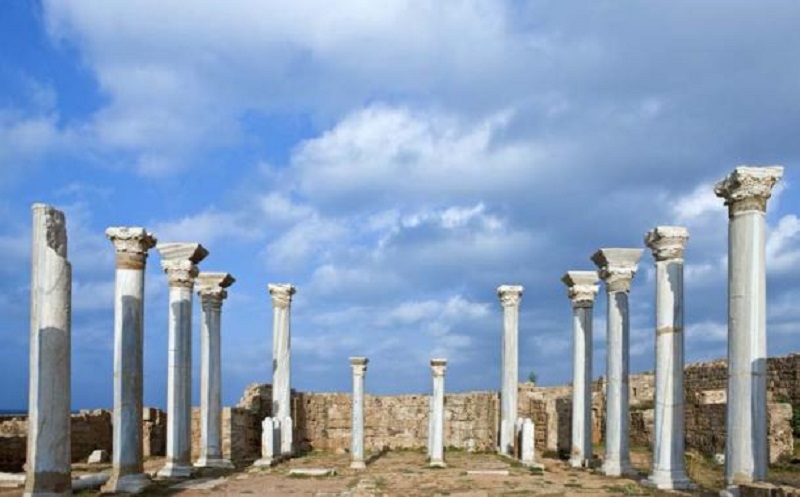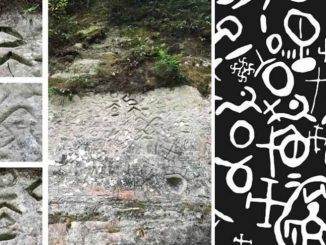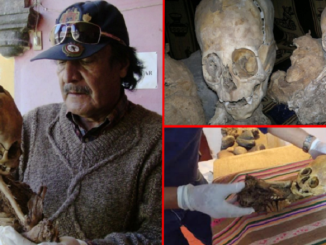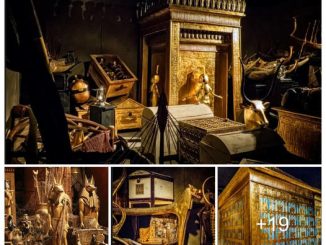The ancient Greeks left a lasting legacy and influenced the modern world to this day. Whether it’s astrology, mathematics, biology, engineering, medicine or linguistics, nearly all the information we take for granted today was first discovered by the ancient Greeks. fairy. Of course we also have many of their ruins and one of the most impressive is the ancient abandoned city of Apollonia in southern Europe. Now a large archaeological park, it contains many Greek, as well as Roman and Christian ruins.
Apollonia’s expanded history
Apollonia was a city founded by Greek colonists from Corfu and Corinth around the 6th century BC. It was originally named after its semi-legendary founder, Gylax, but was later renamed in honor of the god Apollo and became widely known as Apollonia of Illyria because the region was dominated by the Illyrians were warlike at the time. In general, Greeks and Illyrians lived together peacefully. The city has retained its Greek character and culture throughout its history and also has many Illyrian characteristics.
Apollonia was an autonomous and independent city for many centuries until it was first incorporated into the Kingdom of Epirus and then the Kingdom of Macedonia. It was a very well-managed city that flourished due to its rich agricultural lands and its role in the slave trade.
Apollonia became a famous center of learning and the young Augustus studied philosophy in the city. It prospered until the 3rd century and became an important Christian bishopric until the harbor was silted up, leading to a severe decline in trade. An earthquake also severely damaged Apollonia and its population declined. The area degenerated into an unhealthy swamp and was then completely abandoned.
The city was rediscovered in the 18th century and excavated in the 19th century. However, during the communist and post-communist period in Albania, the site was looted of many historical artifacts such as magnificent statues.
Many sights of Apollonia
The city is built on two hilltops and the vast Apollonia archaeological park stretches over a hilly area of about 80 hectares surrounded by a wall of about two miles (three kilometers) dating from Roman times.
The city’s sacred area, known as the temenos, contains the Temple of Apollo, a well-preserved Doric-style temple from around 300 BC. The temple’s Corinthian columns have been beautifully restored. There are also two small stone sanctuaries found in this area. The remains of a Greek theater and a nymph (temple honoring goddesses) are also located here.
The magnificent columns that once adorned the Basilica of Apollonia (Guimas/Adobe Stock)
Between the two hills is the main public space that was especially grand during the Roman rule from 229 BC. The beautiful mosaic floor can still be seen. Arguably, the most important building in the park, the Agonothetes, where the city council meets, can also be found here. It was built in the Doric style in the 2nd century AD, possibly during the reign of Emperor Marcus Aurelius, and was modeled after a Roman temple. It demonstrates the cultural influence of the Romans on the Greek-speaking city.
Apollonian Military Citadel ( LevT / Adobe Stock)
In this area of the park there are the ruins of the Odeon. It was used for public performances and exhibits a unique combination of Greek and Roman building styles. There are also ruins of the Arc de Triomphe.
Although some remains were found on top of the second hill, it contained Arx, the military stronghold. Outside the city walls, private houses with more remarkable mosaics have been discovered. Interesting burial mounds have been discovered near the ruined city and this is believed to be the final resting place of Greek settlers who adopted Illyrian customs and practices.
Interior of St Mary’s Church, Apollonia ( Guilio / Adobe Stock)
An important Byzantine church, St Mary’s, adorns the archaeological park and in 2006 a first Greek temple was found by an international team of archaeologists.
Journey to Apollonia, Albania
The ruined city is located in the Fier district in southern Albania. Albania’s capital Tirana is easily reached by public transport or taxi. An entrance fee is charged to enter the park and there are many amenities, such as restaurants. The park’s museum is not to be missed, as it contains many fascinating artifacts that have been unearthed over the years.





